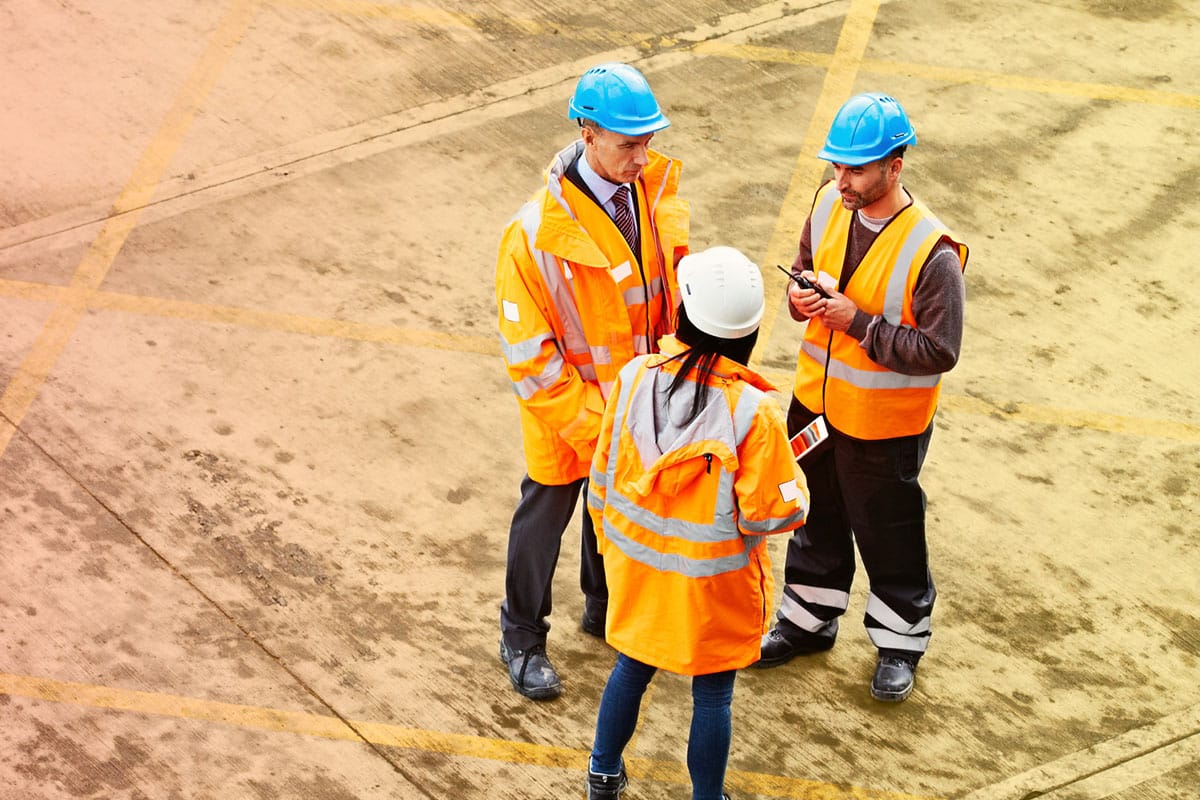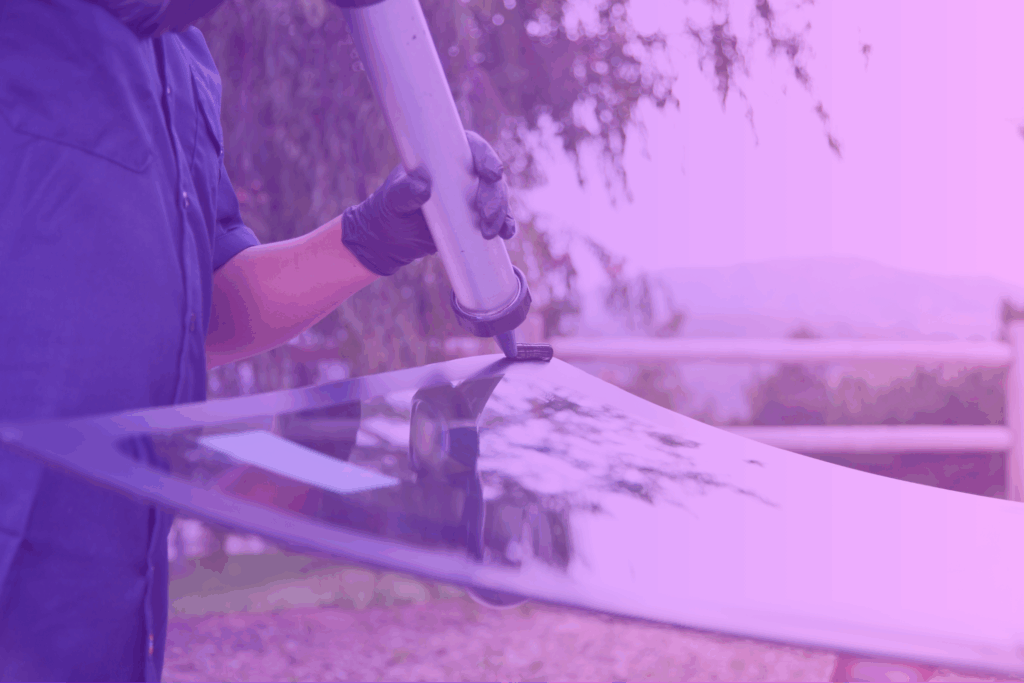
Did you know the construction industry accounts for one in every five worker fatalities? It’s an alarming statistic and should serve as a stark reminder for employers in this field: WHS isn’t an option; it’s a must.
According to Safe Work Australia, approximately 139,000 serious workers’ compensation claims were lodged during the 2022 – 2023 financial year. Some of the most common causes included falls, being struck by objects, and manual handling incidents. To combat these risks, the Australian government has implemented stringent penalties for breaches of the Work Health and Safety Act 2011. Penalties can reach up to $16.6 million for corporations and $3.3 million for individuals. For industrial manslaughter cases, the consequences are even more severe, with fines of up to $18 million for corporations and prison terms of up to 25 years for individuals.
Ensuring safety systems are robust, up-to-date, and well-documented is both a legal obligation and a moral responsibility. In this article, we’ll name the most common workplace hazards and discuss how to address them to ensure a safe working environment.
Working at heights
Falls from height are the leading cause of fatalities in construction, accounting for
These incidents often occur from workers falling from scaffolding, ladders, roofs, and platforms. Under the WHS Act 2011, employers (PCBUs) must ensure adequate fall prevention measures are in place for any work conducted higher than two metres in the air.
How to address this hazard:
- Develop and implement Safe Work Method Statements (SWMS) for all high-risk work.
- Use fall prevention systems such as guardrails, harnesses, and fall arrest systems.
- Conduct regular inspections of scaffolds and elevated platforms.
- Provide workers with comprehensive training on working at heights and equipment use.
- Keep detailed documentation, including signed SWMS, training records, and toolbox talks.
Vehicle and machinery
Incidents involving machinery, such as forklifts, cranes, and earth-moving equipment, account for 42 per cent of fatalities. These machines can cause workers to get struck, caught, or crushed, so ensuring compliance is essential. To address these dangers, Australian WHS regulations require PCBUs to conduct risk assessments and provide proper training.
How to address this hazard:
- Develop and enforce a traffic management plan to separate vehicles and workers.
- Ensure machinery operators are properly trained and licensed.
- Conduct regular inspections and maintenance of equipment.
- Use spotters to improve safety in high-risk areas.
- Provide workers with PPE, including high-visibility clothing and helmets.
Electrical hazards
Exposed wiring, faulty equipment, and contact with overhead power lines are significant risks in construction and can lead to electric shocks, burns, and fatalities. To avoid these risks the WHS Regulations (2011) require PCBUs to identify electrical hazards and implement control measures. Non-compliance with electrical safety laws can incur signification fines for corporations and individuals.
How to manage electrical hazards:
· Test and tag electrical tools and equipment regularly.
· Use Residual Current Devices (RCDs) to prevent electrical incidents.
· Isolate and clearly mark live power sources.
· Provide workers with training on electrical safety procedures and hazard identification.
Manual handling and ergonomic risks
Manual handling tasks, including lifting, carrying, pushing, or pulling, account for 38 per cent of serious injury claims in construction. PCBUs must identify hazardous manual tasks and eliminate or reduce risks where practicable.
How to reduce risks:
- Use mechanical aids like cranes, hoists, and trolleys to reduce manual lifting.
- Train workers on safe lifting techniques and proper ergonomics.
- Implement task rotation to avoid repetitive strain injuries.
- Regularly assess and improve ergonomics in the workplace.
Exposure to hazardous substances
Workers who are frequently exposed to hazardous materials – such as asbestos, and chemicals, can contract respiratory illnesses, cancers, and silicosis. To avoid these risks, construction WHS regulations mandate the identification, handling, and control of hazardous substances.
How to reduce exposure:
- Implement dust suppression methods such as wet cutting and ventilation systems.
- Provide and enforce the use of Respiratory Protective Equipment (RPE).
- Conduct air quality monitoring and regular health assessments for exposed workers.
- Substitute hazardous materials with safer alternatives where possible.
Slips, trips, and falls
Slips, trips, and falls on uneven surfaces, wet areas, and cluttered workspaces account for 21 per cent of all injuries. Employers must manage risks associated with workplace surfaces and housekeeping under WHS guidelines.
How to prevent slips, trips and falls:
- Maintain clear pathways and ensure proper housekeeping.
- Use non-slip surfaces and place hazard signage in risky areas.
- Conduct regular site inspections and address hazards promptly.
Noise and vibration hazards
Prolonged exposure to loud noise and vibration from tools and machinery can lead to hearing loss and hand-arm vibration syndrome. To avoid this, PCBUs must monitor noise levels and implement control measures as per WHS Regulations 2011.
How to prevent this hazard:
- Monitor noise and vibration levels and implement control measures.
- Provide appropriate hearing protection such as earmuffs or earplugs.
- Rotate workers to limit exposure to high-noise tools and vibrating equipment.
Taking action to prevent risks and penalties
The construction industry is inherently risky, but with proper planning, controls, and training, most hazards can be managed or prevented. It’s important for employers to:
- Implement risk controls, fall protection systems, and PPE.
- Proactively identify hazards through site inspections and risk assessments.
- Provide regular training to workers and supervisors.
- Maintain detailed documentation to demonstrate compliance with WHS laws.
Failure to comply with regulations not only endangers workers, but also exposes businesses to significant fines and legal consequences. By prioritising workplace safety, construction businesses can protect their workers, meet WHS obligations, and avoid serious repercussions.
Citation Safety can help
Australia’s workplace laws are complex and confusing which can make it hard to know if you’re doing everything right when it comes to WHS. That’s where we come in. We give you the tools, technology, advice and support you need to build a positive safety culture in your workplace through our WHS Software and around-the-clock workplace Safety Advice Line. Contact us today to see how we can help.
About our Author
Jack Bowkett is a Workplace Health and Safety Consultant at Citation Group. He has an interest in all things safety-related and regularly provides pragmatic advice on how businesses can comply with their WHS obligations and create a good working environment.









